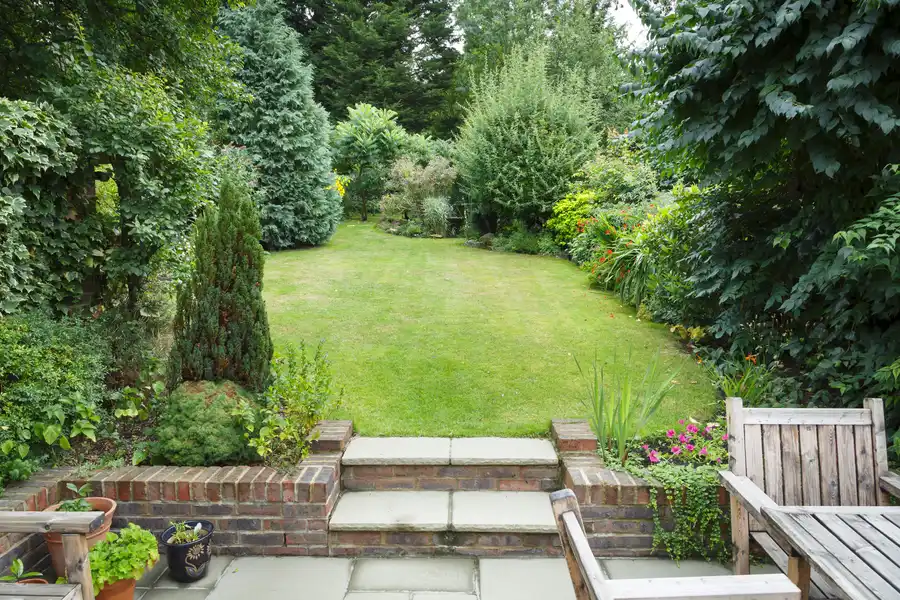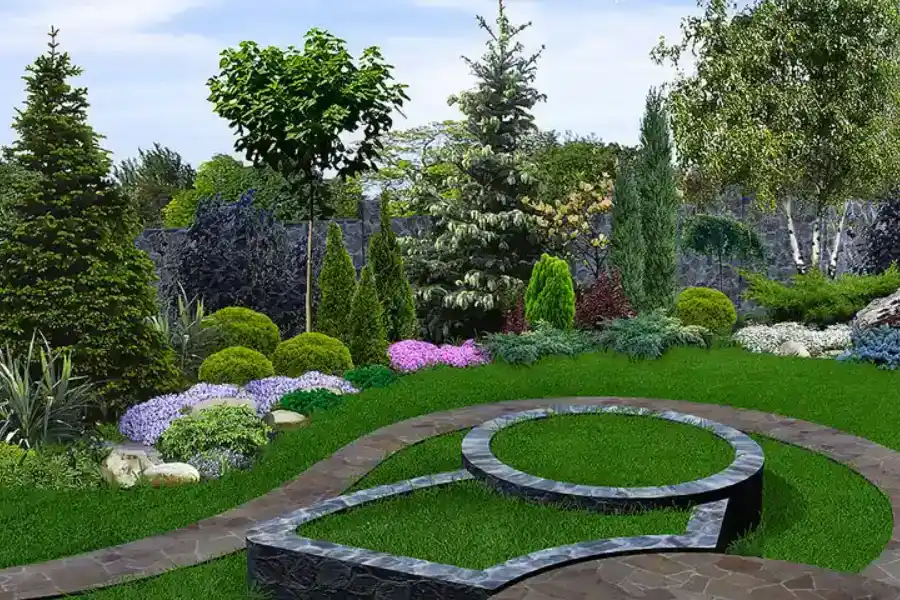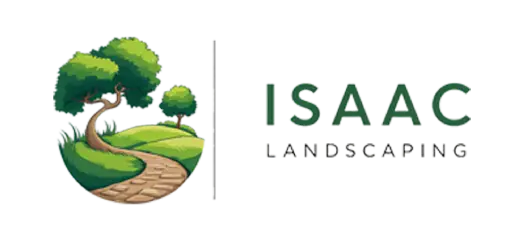How Hardscaping Enhances Your Outdoor Space
Designing an outdoor space involves more than just plants and flowers. Hardscaping is a vital part of creating functional and beautiful landscapes. Hard elements like patios, walkways, and retaining walls add structure and versatility. They provide practical benefits while enhancing the visual appeal of your home. Understanding how to integrate these features can transform your yard into a harmonious blend of nature and architecture.

Understanding Hardscaping Components
Hardscaping includes non-living elements that form the backbone of any landscape design. Materials such as stone, brick, and wood define pathways and outdoor living areas. Each component serves a specific purpose, contributing to the overall aesthetic and functionality. These elements are essential in Residential Landscaping, where they play a crucial role in defining spaces and providing structure.
Benefits of Integrating Hardscaping
Incorporating hardscape features offers several advantages. First, it increases the usability of your outdoor areas throughout the year. Second, these elements require less maintenance compared to vegetation. Finally, well-designed hardscapes can boost your property’s value. In addition to these benefits, hardscaping also complements the natural beauty of soft landscaping.

Addressing Common Challenges With Hardscaping
Despite its many benefits, incorporating hardscaping features can present challenges. Homeowners often face issues such as drainage problems and material selection. Ensuring that water flows correctly helps prevent damage to both hard and soft landscape components. Proper planning and expert advice can overcome these hurdles, making hardscaping an asset rather than a liability.
Effective Solutions for Hardscape Issues
- Consult with professionals for design and installation to avoid costly mistakes
- Choose materials based on climate conditions to ensure durability
- Regularly inspect and maintain surfaces to prolong their lifespan
- Implement strategic water management systems to handle runoff effectively
Best Practices in Hardscape Design
When planning your hardscape project, consider these best practices: utilize cohesive designs that match your home’s architectural style; opt for sustainable materials that offer longevity and minimal environmental impact; and prioritize safety by including slip-resistant surfaces. Following these guidelines can lead to successful residential landscaping outcomes.
Industry Standards to Consider
Before embarking on a hardscape project, familiarize yourself with industry standards. Ensure compliance with local regulations to avoid penalties. Understand quality benchmarks for materials to guarantee long-lasting results. Industry standards not only help achieve high-quality outcomes but also enhance safety and reliability.
Budgeting for Your Hardscape Project
Costs are an important consideration in any landscaping project. Factors such as material choice, design complexity, and labor will influence expenses. Investing in high-quality materials may cost more upfront but saves money over time due to reduced maintenance needs. Balance budget constraints with desired outcomes to maximize return on investment.
Partner With Experts for Optimal Results
To create stunning and functional landscapes, partnering with experts is key. At Isaac Landscaping, we specialize in crafting unique outdoor spaces tailored to your needs. Call (336) 799-5464 today to discuss your vision for a beautiful backyard retreat. Located in Burlington, NC, our team is ready to assist you with all aspects of hardscaping.
